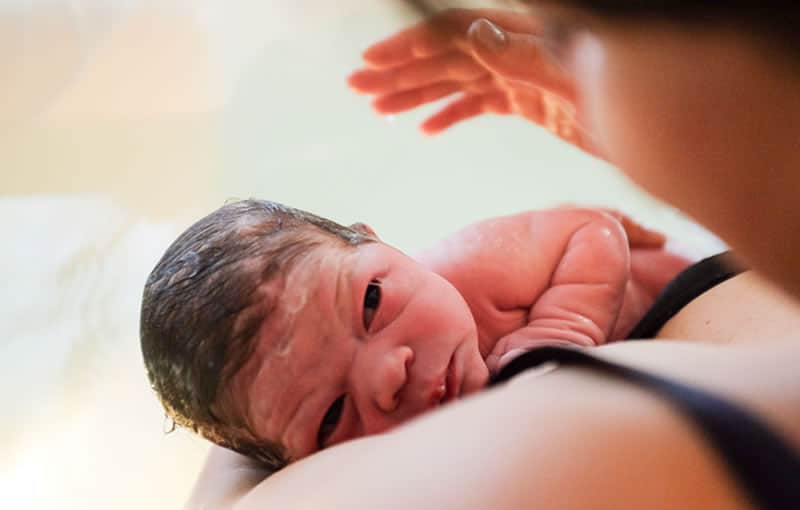Delayed cord clamping during an instrumental delivery
Fatimah Mohameid
 Childbirth is different for every women and there are never two birth stories the same. I can’t say mine was easy, I certainly didn’t have it as hard as some women do, but it was all worth it in the end.
Childbirth is different for every women and there are never two birth stories the same. I can’t say mine was easy, I certainly didn’t have it as hard as some women do, but it was all worth it in the end.
The beginning of my labour was very long so I was offered an acceleration of my labour with oxytocin (like induction of labour) because my waters burst, and I didn’t get into a steady rhythm of contractions after this, so my labour was staggering instead of consistent.
I also had an epidural, which made the sensations of birth harder to feel. When the time came to push, my baby was having some difficulty and she had shown distress by opening her bowels inside. The doctors were called and suggested doing an instrumental birth with an episiotomy, which is a cut to open up space for the head to come out and reduce the risk of tearing the back passage which can happen when using instruments without making a cut down below first. I wasn’t very pleased and felt quite scared but my midwife and birth partners helped ease my worries and supported me. Eventually, I consented and the doctor used a small suction cup, placed on my baby’s head as I put every ounce of energy I had left to push my baby out.
“One more push and she appeared, as if out of no-where, from between my legs, her amazing eyes wide to take it all in. This complex, convoluted and amazing world she had entered.”
The euphoria set in immediately and heightened when I found out it was a girl by looking myself between her legs. The doctor might have said the gender already, but I didn’t hear him because at that moment, in my reality, there was no one else in the room except me and my baby girl. Happiness, elation and ecstasy, all multiplied together and raised to the power of infinity is what I felt. Her cord stained yellow because she had opened her bowels before birth, pulsed with effervescent life between our abdomens.
She was breathing herself, her tone was increasing and her skin was pinking ‘I’m happy’ I said to the paediatrician. Then my husband and I recited the call to prayer in her right ear, and the call to stand for prayer in her left ear. The purpose of this is to symbolise the ‘brevity of life’ in the brevity of time it takes to move from one ear to the next. After such a challenging labour I was so happy that one part of my birth plan and the most important one to me – this religious ritual with delayed cord clamping, had happened.
‘Can we clamp the cord now?’ said the doctor, I had honestly forgotten that he was standing between my legs.
‘Has it turned white?’ I asked.
He replied with a little concern, ‘It’s been two minutes and the perineum is bleeding’ I had forgotten about the episiotomy, and that it would logically bleed. ‘Oh, okay then’.
My husband cut the cord, his second act as a parent and one that introduced the reality of fatherhood to him after a pregnancy that only made parenthood quite obscure to him. We took our placenta home and respected all it had done, by burying it under the garden and planting a bay laurel tree on top of it, whose evergreen leaves always reminds me how special and giving this temporary organ is.
Scroll to end to find the related article…








